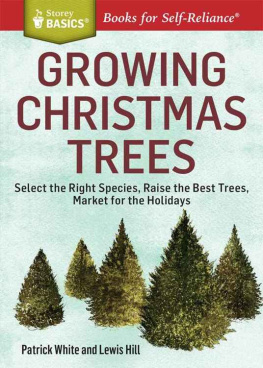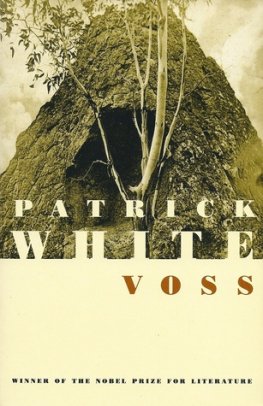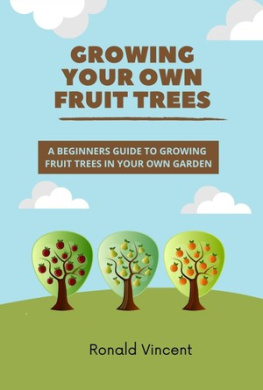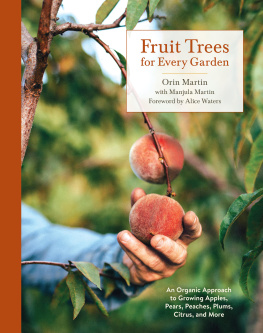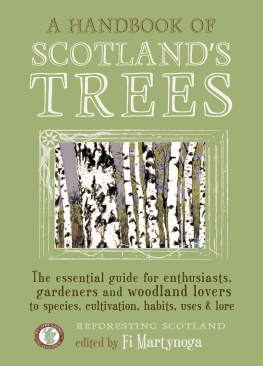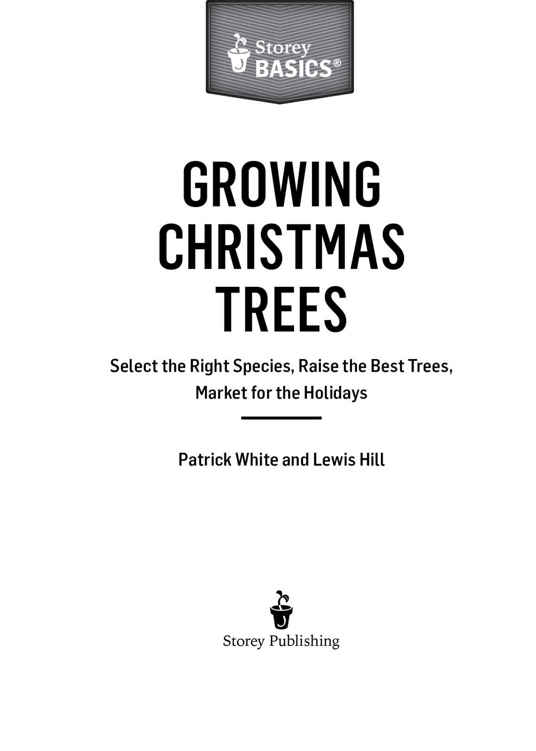Table of Contents
Introduction
A Time-Honored Tradition
Christmas trees are among the few traditions that have truly stood the test of time, stretching back centuries yet remaining an important part of modern life. While the gifts under the tree have become increasingly high-tech, the tree a bit of greenery in the home to brighten up the dark winter season is a simple custom that has endured. Todays trees have changed, however. Gone are the days of the sparse Charlie Brown tree: expectations as to shape, fullness, color, and quality are far more exacting than they once were.
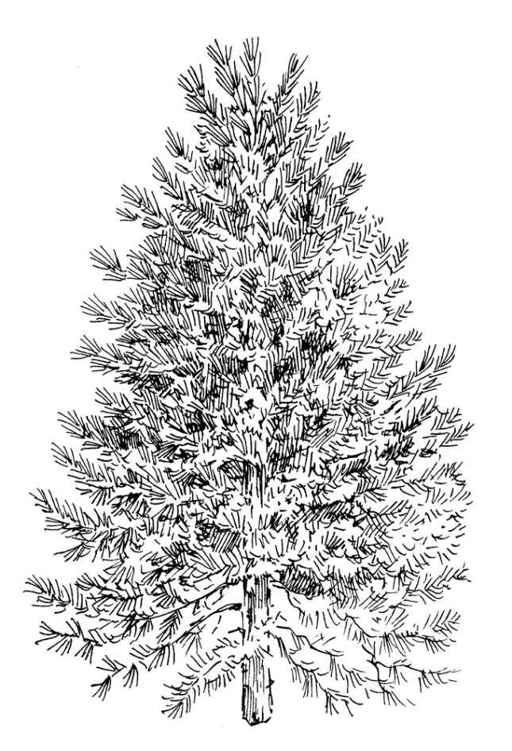
It takes a more sophisticated approach to produce these higher-quality Christmas trees. No longer do farmers simply cut down wild trees to sell during an otherwise slow time of the year. Today, Christmas tree farming is a specialized segment of agriculture that requires the right site, carefully selected tree species, proper pruning and shearing, and adequate fertility and control of weeds and pests to produce trees that will attract customers and return a good price to the grower. Christmas trees of this sort can be grown by huge industrial-scale farms, but also by growers with more modest operations, and even by backyard hobbyists.
At nearly any meeting of Christmas tree growers youll notice that these farmers tend to be older. While there is a renewed interest in agriculture by younger generations, their focus has been largely on food crops. Christmas tree farming represents a mostly overlooked avenue for younger farmers. For those already established in agriculture, Christmas trees might be added to diversify products. Others might grow Christmas trees to keep busy and generate additional income in retirement. Whatever your motivation, this book will guide you through the steps necessary to create and maintain a successful small to mid-sized Christmas tree operation.
Many growers say that most of what they know was learned from others in the Christmas tree business. State and regional Christmas tree associations offer meetings at established farms, where you can ask questions, hear presentations from expert researchers, and find out what works, and what doesnt. The National Christmas Tree Association ( www.realchristmastrees.org ) offers the same educational and networking opportunities on a larger scale. You will find fellow farmers almost universally willing to share their expertise and experiences. The modest annual dues and meeting fees can save thousands of dollars in mistakes. Chances are you will also make some good friends who share your interest in growing Christmas trees. That is part of the fun of being in this business.
The many Christmas trees that decorate homes and businesses come from small farms and from large Christmas tree plantations of thousands of acres. Large-scale operations, particularly in the top-producing states of Oregon, Washington, North Carolina, Pennsylvania, Wisconsin, and Michigan, are multimillion-dollar industrial agriculture businesses that harvest hundreds of thousands of trees each year.
This book is geared more toward smaller-scale tree farmers who might plant and harvest a few hundred to several thousand trees each year, as a hobby that lets them work the land, a sideline to boost their regular income, or a pleasant diversion in retirement. A tree farm can help you make money with interesting outdoor work. It also makes excellent use of fallow land. A field of Christmas trees is attractive and it doesnt block views as a forest does. Such a project is ecologically attractive. According to the National Christmas Tree Association, each acre of trees provides enough daily oxygen for 18 people, aids in erosion control, and gives excellent cover for wildlife.
Chapter One
Getting Started
On paper, growing Christmas trees seems to be the rare agricultural endeavor that is easy and profitable. How can one go wrong with a crop of 1,200 trees on one acre? You might buy seedlings for a little more than $1 each and sell mature trees in just 6 to 10 years for $20 or $40 or more apiece. That is not a bad profit margin for a spare-time activity!
Financials
The bottom line is that, like any business, Christmas tree farming comes with its share of market uncertainties. No one can be sure what the situation will be 10 years from now when this years seedlings are ready for harvesting. When you weigh the pros and cons of growing any agricultural crop, you always find it a gamble. Working with the many whims of nature is risky and the whims of the buying public can be equally unpredictable. This is not to say that Christmas tree farming isnt rewarding, or that it cant be financially profitable, just that its not as simple an endeavor as it might seem to those outside the industry.
Small Investment Required
It takes a surprisingly minor initial cash outlay to start a small- to medium-sized Christmas tree project in comparison with the money required for many other agricultural enterprises. The planting stock is relatively inexpensive and only a few essential tools are needed to manage a small plantation. Many of the expenses can be spread over time, as the trees grow. Keep in mind, though, that the first income will also be years in the future.
The wait for the first profits is not much longer, however, than it would be for the first big harvest of apples, walnuts, blueberries, or other similar crops. It is far shorter than waiting for a planting of trees for firewood, timber, or maple syrup to mature.
Annual Harvests vs. a One-Time Bonanza
One common mistake among beginners in the tree business is to plant all their available acreage at once. There are important logistical and financial reasons to stagger your planting. Trees planted at one time will all need the same amount of shearing and other care at the same time each year, eventually creating a huge bubble of work.
More important, though, is the challenge that a single crop of uniform age creates when it comes time to sell. It can be difficult to find a market for a large number of trees all at once, especially without previous sales experience in the business. Also, your one and only crop could be ready to harvest during a period when there is a surplus of trees that would make it difficult to sell them at any price. Even if they can all be sold at a good price, you will face a huge harvesting job that must be completed within a few short weeks, and you will have to pay big income taxes that year. Then you will be left with no more trees to sell until the next crop matures, perhaps 10 years later.
Planting a portion of your acreage each year provides a steadier annual income and more evenly distributes the work of planting, cutting, shearing, harvesting, and marketing. Staggered planting puts you in a better position to develop relationships with wholesale buyers who want to be certain of a source of trees they can depend on year after year, or meet the desires of choose-and-cut customers who value the tradition of returning to the same farm year after year.

